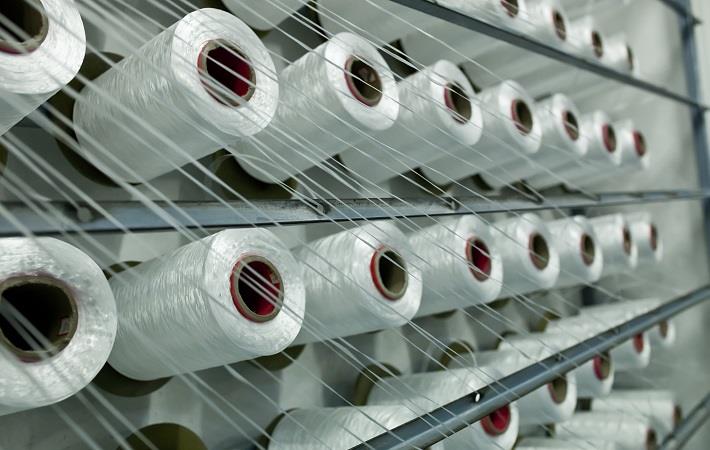
Indian yarn is becoming non-competitive in global markets due to Central and state level taxes and levies being exported in prices. In addition, there is high rates of interest on capital borrowed. The cost of raw materials is also high compared to global prices, resulting in loss of ₹20-25 per kg to Indian mills, NITMA said in a newspaper advertisement.
As a result, export of cotton yarn from India dropped 34.6 per cent to $696 million in the first quarter of fiscal 2019-20 from $1.063 billion in April-June 2018-19, as per the DGCI&S data, NITMA said.
Moreover, in recent months, there is a rise in imports of yarn and garments from countries like Bangladesh, Sri Lanka and Indonesia, which are able to offer these products at lower prices due to their lower cost of raw materials.
This situation has resulted in closure of approximately one-third of spinning capacity across India, and the mills currently running are incurring huge cash losses and are not in a position to buy and consume the Indian cotton. If the situation persists there would not be any buyers for the upcoming cotton crop of about 40 million bales (170 kg each) valued at ₹80,000 crore.
It would be difficult to get buyers for Indian cotton abroad as well because India still has not moved to globally adopted purely market driven agri-commodity markets with the government directly supporting the farmers at minimum selling price (MSP) level.
"The Indian textile industry, employing over 100 million people directly and indirectly, seeks immediate attention of the Government of India to prevent job losses and avoid the spinning industry from becoming non-performing assets," NITMA said. (RKS)
Fibre2Fashion News Desk – India